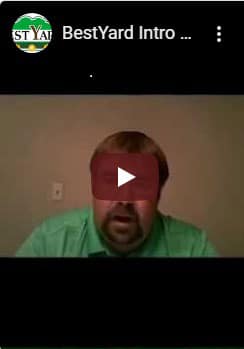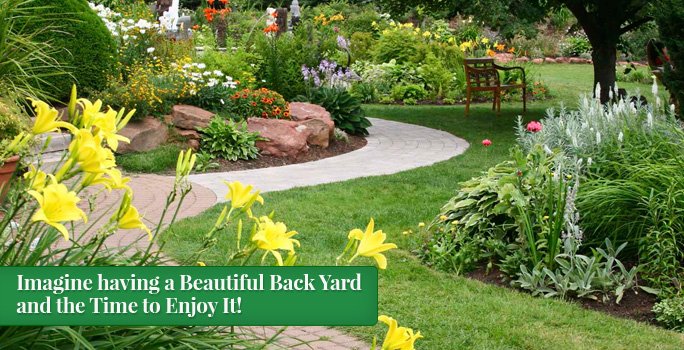
- There’s still time to plant some sunflowers in your landscape. The National Garden Bureau named 2021 the Year of the Sunflower, and with good reason. This cheerful plant is always a popular cut flower, and it’s rather easy to grow.
Some facts about sunflowers:
- They are native to North America, so they are well-suited to grow here.
- They provide both nectar and seeds, making them a great plant for pollinators.
- The flowers move to face the sun, a process called heliotropism.
According to CSU’s PlantTalk, sunflower care is simple. They do best in full sun for 6+ hours each day and should be planted approximately 6-12” apart. Since many sunflower varieties are natives, they are often drought tolerant. Water deeply but infrequently for best results.
Click “DO IT FOR ME” to request a FREE quote.

Source: customer-service@bestyard.com in collaboration with Associated Landscape Contractors of Colorado

























